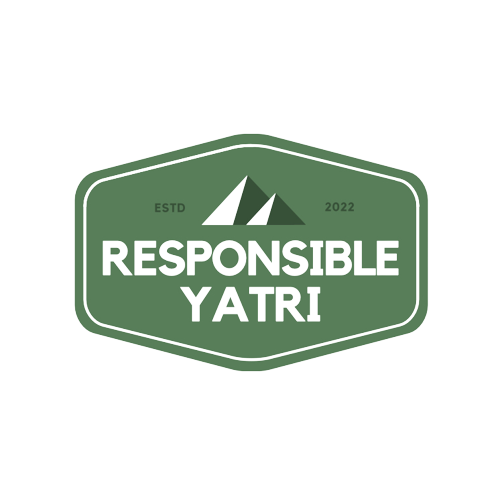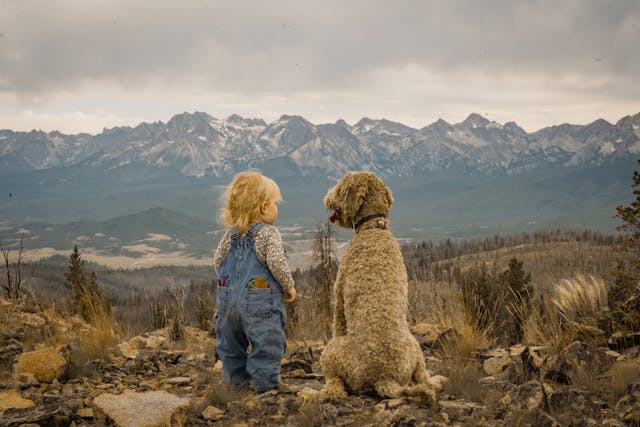The Himalayas, with their breathtaking beauty and serene landscapes, are a dream destination for trekkers. However, as more travelers set their sights on these majestic peaks, it’s essential to tread carefully and minimize our impact. Here’s your ultimate guide to responsible trekking in the Himalayas, ensuring you can enjoy the adventure while preserving these natural wonders for generations to come.
1. Plan Your Trek Wisely
Being a responsible trekker starts with thoughtful planning.
- Choose the Right Season: Trekking in the off-season may seem appealing, but it can lead to environmental damage, as trails can be more fragile and prone to erosion. Research the best times to visit while respecting local weather conditions.
- Select Eco-Friendly Routes: Stick to established trekking trails to avoid damaging the vegetation and disturbing wildlife. Some routes, like the Annapurna Circuit and the Markha Valley trek, have established guidelines to support sustainable tourism.
- Hire Local Guides and Porters: By employing local guides, you contribute to the regional economy and gain deeper insights into the culture and environment. Make sure to choose operators who treat their staff fairly and ensure that porters are given appropriate gear and pay.
2. Pack Responsibly
Packing light is crucial, but you also need to carry essentials that help minimize waste and environmental impact.
- Eco-Friendly Trekking Gear: Invest in reusable water bottles, biodegradable toiletries, and eco-friendly clothing. Avoid single-use plastics at all costs.
- Reusable Items: Carry a sturdy reusable bottle, a water purification system (like a Lifestraw or purification tablets), reusable cutlery, and cloth bags. This will help you avoid contributing to the plastic waste that plagues many Himalayan villages.
- Carry Your Trash: Adopt a “pack in, pack out” policy. Collect all your waste, including biodegradable items, and dispose of them responsibly once you reach a town or city with proper waste management facilities.
3. Respect Local Culture and Traditions
The Himalayas are home to diverse communities with rich traditions. As a guest in their land, it’s essential to be respectful and mindful.
- Dress Modestly: Wearing revealing clothing can be offensive in many mountain communities. Dress conservatively, especially when visiting monasteries and villages.
- Ask for Permission Before Taking Photos: Always ask for consent before photographing people, and be respectful of sacred sites. Remember, not everything is meant to be captured.
- Participate in Cultural Exchanges: Stay at homestays, enjoy local food, and learn about traditional practices. This enriches your experience while supporting the community economically.
4. Be Mindful of Wildlife
The Himalayas are rich in biodiversity, and protecting wildlife is crucial.
- Observe from a Distance: Never approach or feed wild animals. Maintain a safe distance and respect their natural habitat.
- Avoid Disturbing Ecosystems: Stick to marked trails to prevent trampling vegetation or disturbing animals. Refrain from making loud noises that can scare wildlife.
- Report Illegal Activities: If you witness poaching or any activity harming wildlife, report it to local authorities or park rangers.
5. Conserve Resources
High-altitude regions are fragile, and resources like water and fuel are often scarce.
- Use Water Sparingly: Water sources in the Himalayas are precious. Avoid bathing in streams and lakes and use minimal water for washing. Opt for dry bathing methods, like using a small towel and water bottle.
- Choose Sustainable Accommodations: Many tea houses and lodges have eco-friendly practices like solar energy and waste management systems. Support these businesses to encourage sustainable development.
- Limit Firewood Consumption: Avoid using firewood for warmth or cooking, as deforestation is a major concern. Instead, carry a portable stove or use facilities that run on renewable energy sources.
6. Support Local Economy
Responsible trekking also means contributing positively to the communities you visit.
- Buy Local Products: Purchase souvenirs, food, and crafts from local artisans to support the local economy.
- Stay in Local Lodges and Homestays: Choosing locally-run accommodations ensures that your money benefits the people directly.
- Participate in Community-Based Tourism Initiatives: Engage in activities that give back, like spending a day helping in a local school or volunteering for conservation projects.
7. Follow Leave No Trace Principles
The Leave No Trace (LNT) philosophy is key to responsible trekking.
- Plan Ahead and Prepare: Know the rules and regulations of the area you’re visiting.
- Travel and Camp on Durable Surfaces: Avoid setting up camp on fragile vegetation.
- Dispose of Waste Properly: Take all your trash with you and bury human waste at least 6 inches deep, 200 feet away from water sources.
- Leave What You Find: Don’t pick flowers, remove rocks, or disturb cultural artifacts.
- Minimize Campfire Impact: Use a stove for cooking and avoid making campfires.
- Respect Wildlife: As mentioned earlier, don’t feed or disturb animals.
- Be Considerate of Other Visitors: Keep noise levels low and respect the tranquility of the Himalayas.
8. Educate Yourself and Others
Understanding the environmental challenges of the Himalayas helps you make informed decisions.
- Learn About Environmental Issues: Read about the impact of climate change, waste management challenges, and deforestation in the region.
- Spread Awareness: Share your responsible trekking experiences with friends and fellow travelers to inspire them to make eco-friendly choices.
Trekking in the Himalayas is a once-in-a-lifetime experience, but with this privilege comes the responsibility to protect and preserve this natural paradise. By following these guidelines, you can leave a positive impact, support local communities, and ensure that the breathtaking beauty of the Himalayas remains untouched for future generations.





